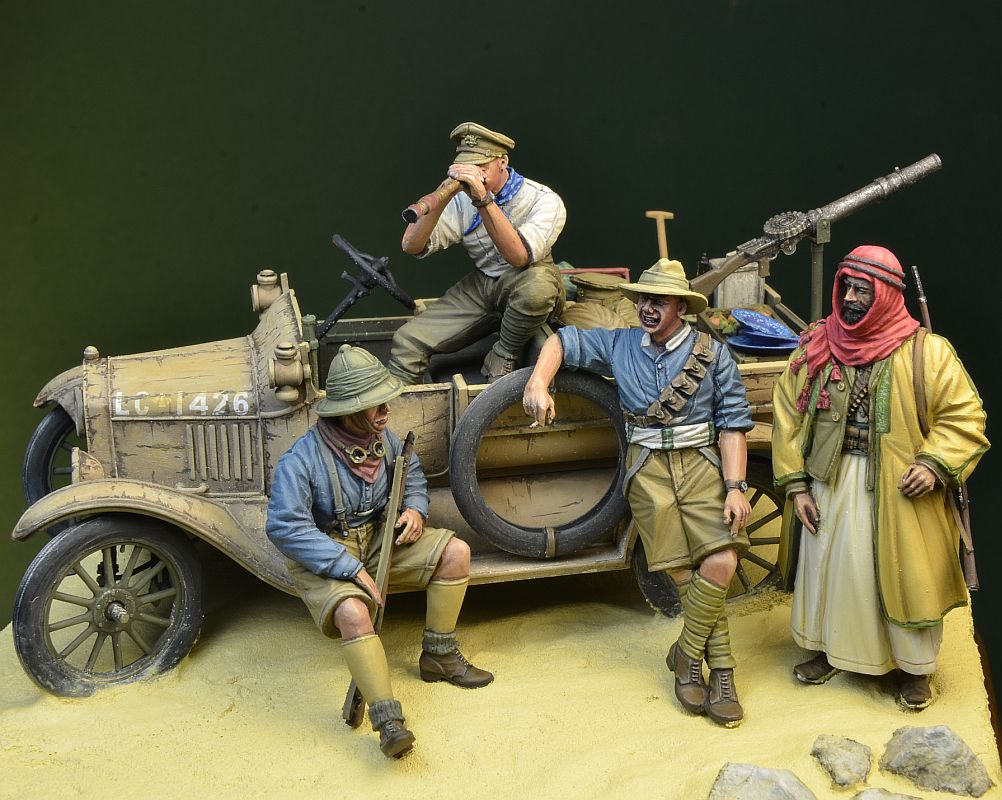If you are assembling a plastic model kit then there are a few tips for getting a smooth finish. The plastic used for the kit is soft plastic and the chemical glues needed for the edges work by softly melting the plastic and bonding them together. There are occasional gaps but these can be fixed with modeller’s putty, although most kits are designed so that this will not be necessary.
Chemical Glues
These are called plastic or modelling cements and they are available in two formats – a liquid or a paste. For those who are new to modelling the paste version is recommended. The paste also has two forms – there are standard and non-toxic versions. The non-toxic version is better for your health and the environment but takes longer to set so you need to be patient.
Painting a model

Most kits are just white or grey plastic so they will need to be painted when they are finished. A number of different colours will be needed to complete the model and this can be up to 10 different colours.
Enamel paints are a good choice, but they are oil-based paints and the user will need paint thinners to help them to clean the brushes off and to fix any small errors that might have occurred in the process. Acrylic paints are also available and these are often better for beginners as they are water-based, which makes the brushes much easier to clean.
One question that many people ask is if they should paint the pieces before they glue them together. This depends a great deal on the model. For example, are you building a model car? This will have features such as seats, which are difficult to paint once they are inside. The modeller should consider how easy it will be to paint afterwards before making this decision.